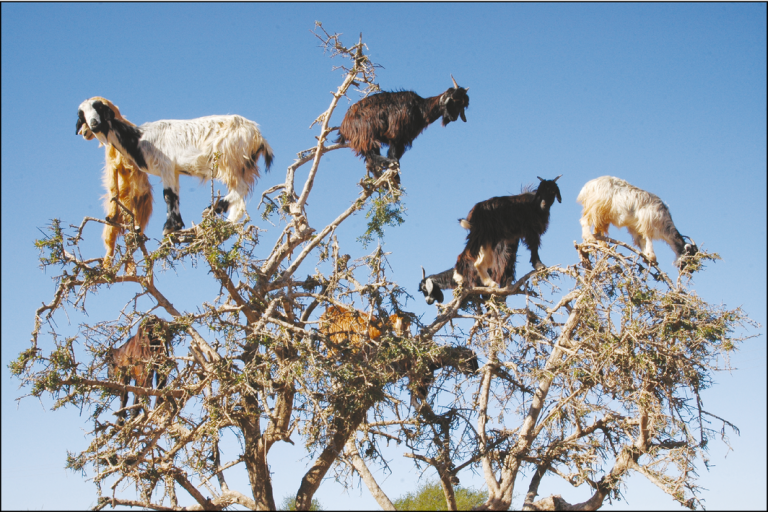Inside out: cannibalism, nutrition and swarm formation in locusts
It may be difficult to picture just one locust singled out from a swarm. But believe it or not, desert locusts—insects infamous for their contribution to plagues and famine—are naturally solitary creatures. So what causes the group uprising that farmers are so familiar with? Research has shown that the internal workings of a solitary locust can affect the swarming behavior of the entire group.

